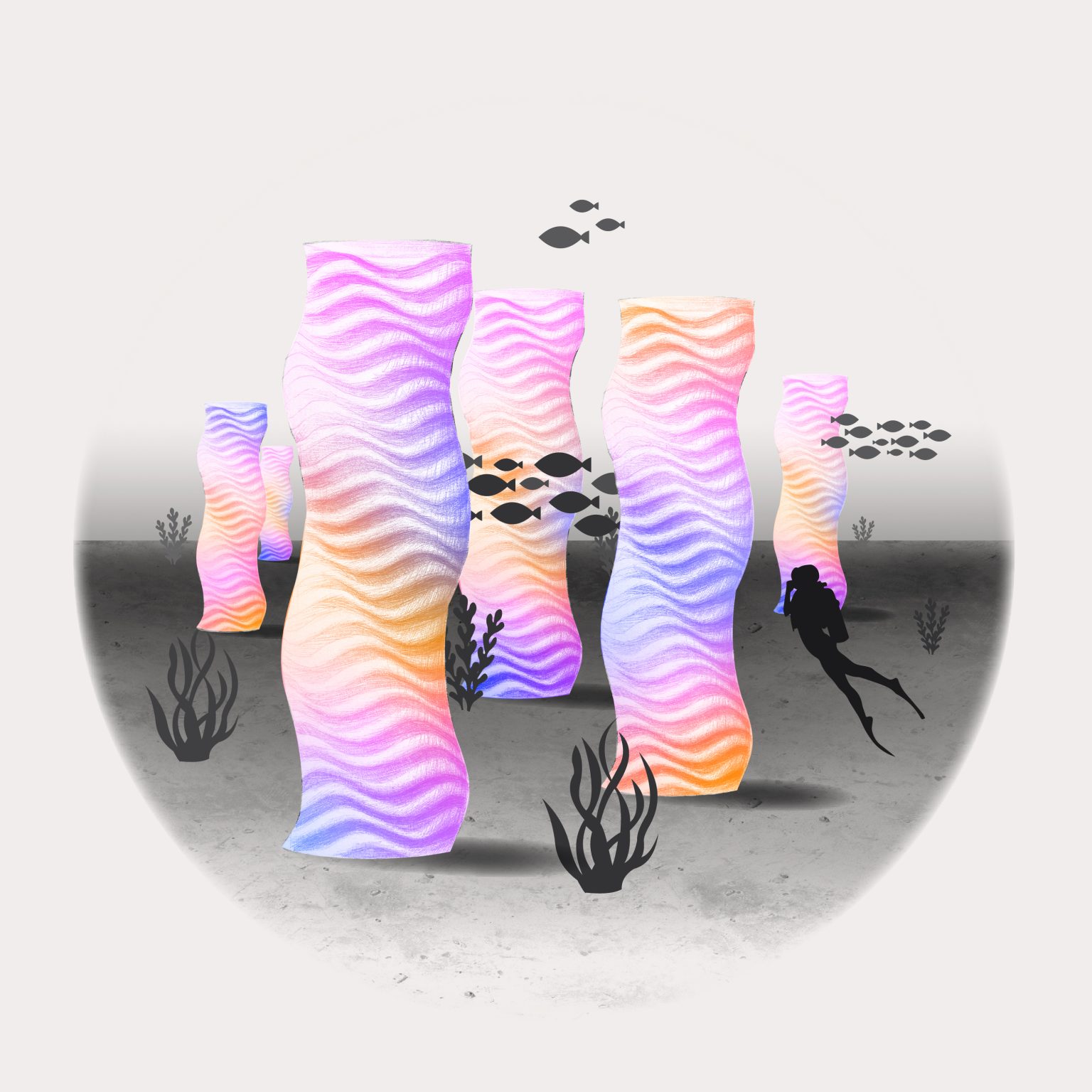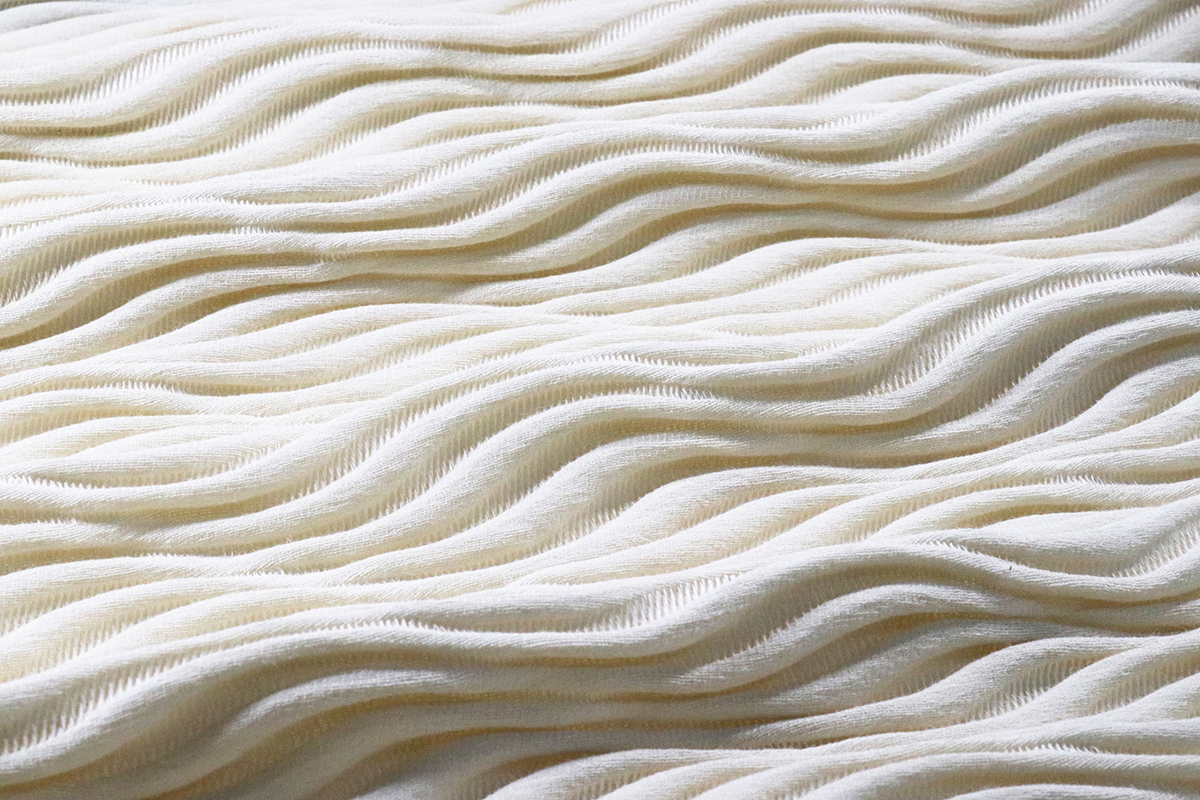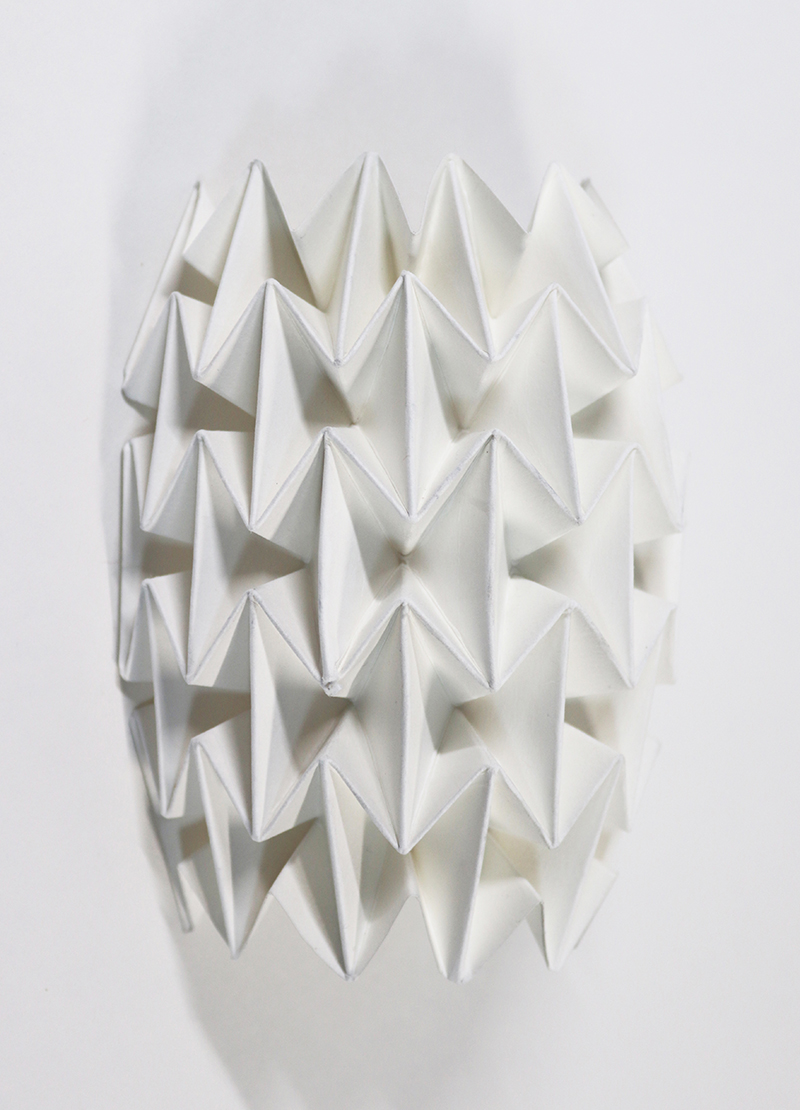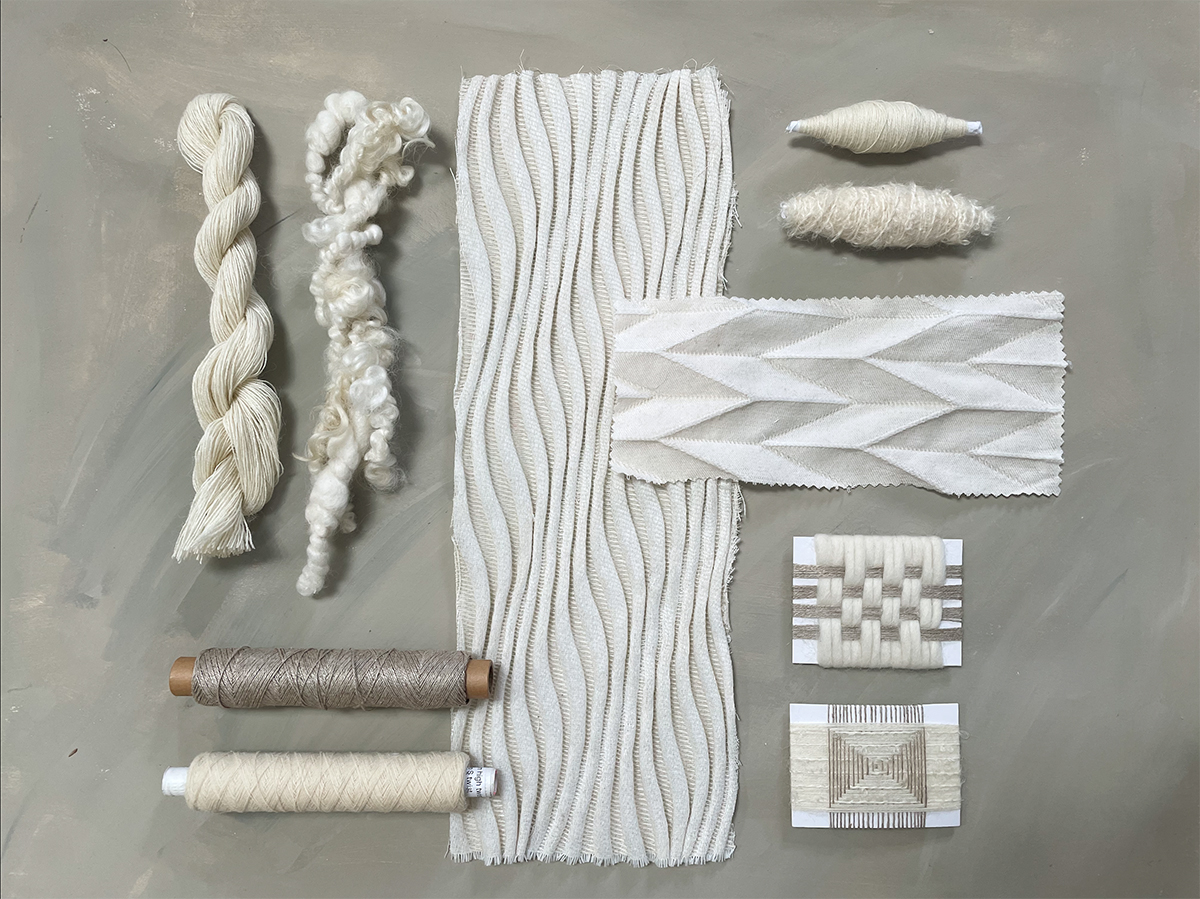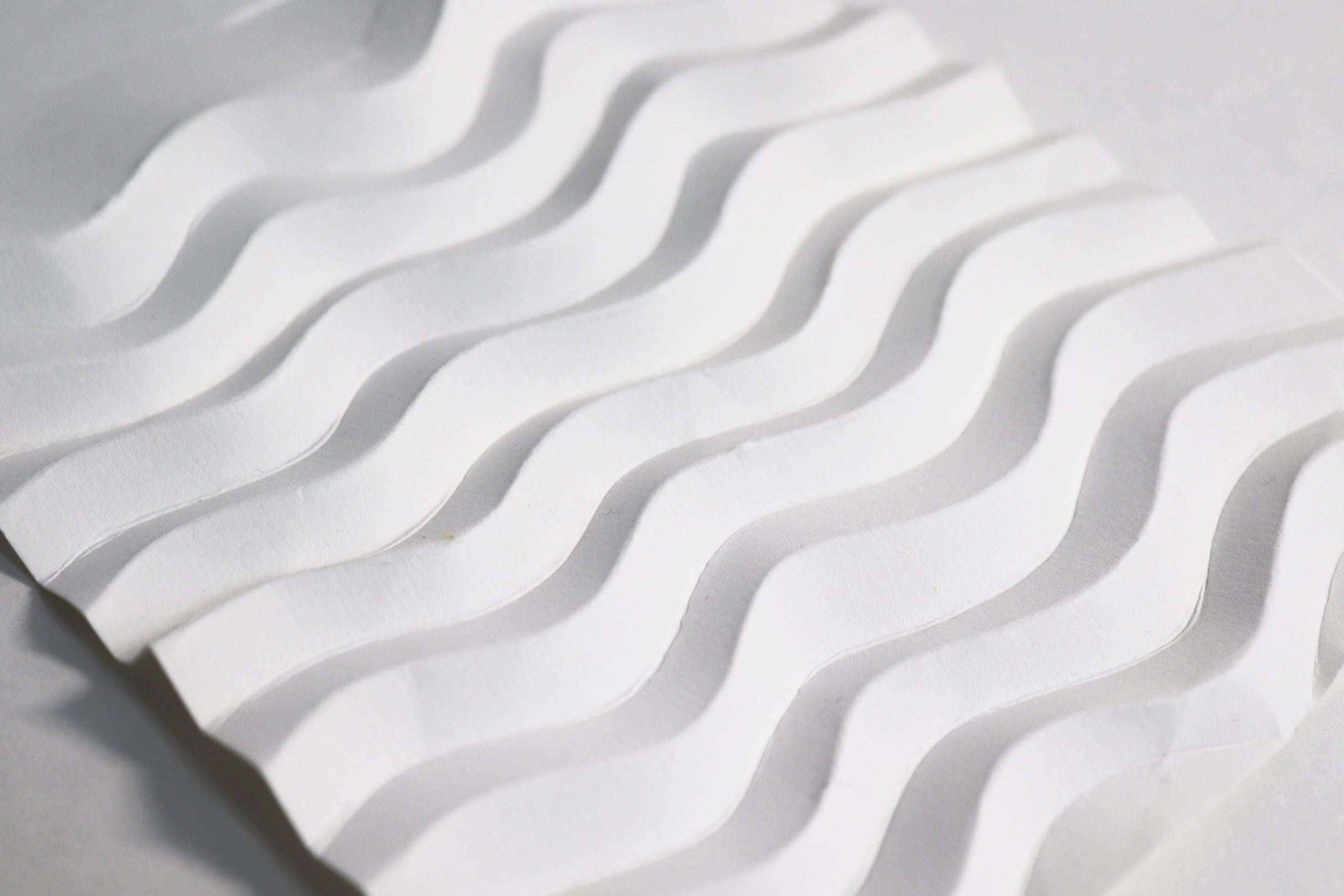Textiles student driven by the desire to gain a deeper understanding of every step of the material production process in order to create unexpected woven designs.
Final year project
SOS: Weaving for Coral Restoration
Artificial Substrate Visualisation
‘SOS: Weaving for Coral Restoration’ explores how an elevated understanding of material properties and the weaving process can be exploited to create unexpected surface textures and 3-dimensional forms in woven fabrics.
This can be applied to create a series of structures which simulate a range of coral species’ skeletons. These structures can then be used as a foundation to build artificial substrates for coral planting.
The outcome of this research is presented with the intention of starting a discussion about the role that the weaving process could have in the global efforts to restore our coral reefs and how the methods developed could be adopted by rural communities that have a rich tradition of hand-weaving but whose economies are affected by reef degradation.
Soft-Pleated Fabric
After much experimentation, I managed to weave a fabric which pleats itself. This design shows a wave texture inspired by the lines in coral skeletons.
Origami Pleated Fabric
Origami Paper Prototype I
Material Board
The materials used in this project were carefully selected to ensure that they do not contain any chemicals which could harm marine life. and have undergone the least possible amount of processing.
Origami Paper Prototype II
Cement Samples
Once woven, the textile structures can be submerged in cement to harden them and turn them into an adequate surface for coral out-planting.
Substrate Collection
The various textiles which make up the final collection can be imagined as a range of 3-dimensional sculptures which are hardened and installed on the ocean floor. These would house marine life, and provide a tourist attraction and a stable substrate for coral fragments to grow on.
Morgane Dumas
Final year project
SOS: Weaving for Coral Restoration
Work Experience
Year-long placement at PriestmanGoode as a Colour Material Finish (CMF) Design Intern. I had the opportunity to work on a large range of projects which varied in industry, scale and timeframe. This placement taught me how to collaborate creatively whilst keeping a professional workflow in order to work remotely efficiently.
